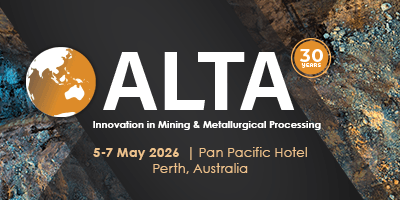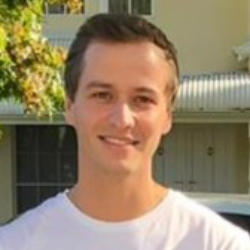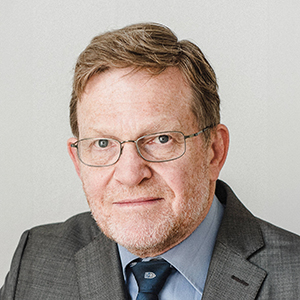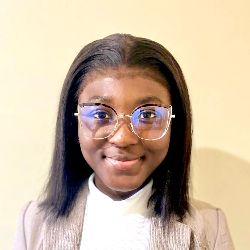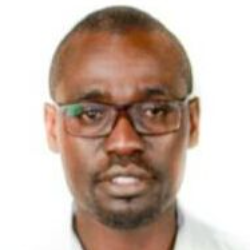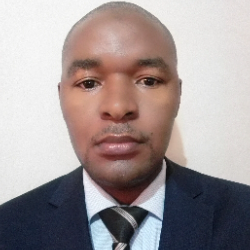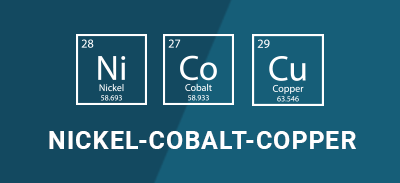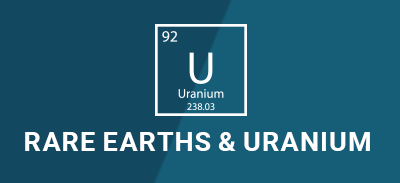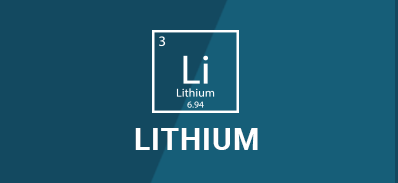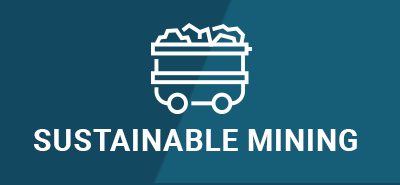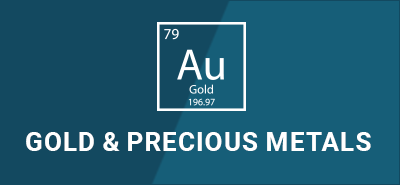29th International ALTA Conference
Nickel-Cobalt-Copper
Advances in Mining & Metallurgical Processing Methods for Extraction, Recovery & Recycling of Critical Minerals
19 - 20 May 2025 ALL TIMES AWST
Monday, 19 May
07:30Registration Open
07:30Presenter Briefing
07:30Arrival Tea and Coffee
GLOBAL MARKET DEMAND
Drivers of the Energy Transition—What to Watch for in the Nickel, Cobalt, and Copper Markets
 Harry Fisher, Senior Consultant, Benchmark Mineral Intelligence Ltd., Australia
Harry Fisher, Senior Consultant, Benchmark Mineral Intelligence Ltd., Australia
Nickel, cobalt and copper are at the forefront of the energy transition and expected to experience strong demand growth from electric vehicles, renewables and associated green infrastructure development in the medium to long term. However, these markets have faced challenging conditions and are likely to continue along a rocky road. This presentation will unravel the intricacies of these markets and what to expect in the years to come.
DEEP SEA NODULE MINING AND PROCESSING
Processing of Sea Nodules: A Techno-Economic Evaluation of Selected Options
Developments in the Processing of Sea Nodules
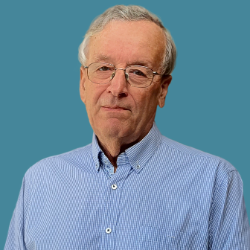 Colin Seaborn, PhD, Chief Metallurgist, Ocean Minerals LLC, Australia
Colin Seaborn, PhD, Chief Metallurgist, Ocean Minerals LLC, Australia
The seabeds of the world’s oceans have millions of tonnes of polymetallic nodules containing copper, nickel, cobalt, manganese and iron. These are formed at greater than 4000 metres depth by progressive precipitation of elements on a nucleus (often a fish bone). These nodules cannot be readily upgraded by beneficiation. This presentation will discuss both hydrometallurgical and pyrometallurgical processes that are being developed for products, including for electric vehicles. It will also identify factors affecting selection of processes and processing sites.
10:45Morning Tea in the Exhibit Hall with Poster Viewing

SOLVENT EXTRACTION METHODS
Organic-Phase Preloading and Enhanced Dispersion Separation in an SX Process
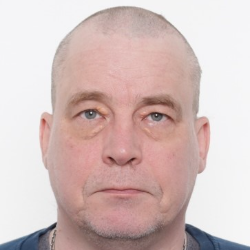 Hannu Laitala, Chief Metallurgist, Hydrometallurgy, Metso Corp., Finland
Hannu Laitala, Chief Metallurgist, Hydrometallurgy, Metso Corp., Finland
Organic phase preloading is a commonly used process step especially for the battery metal solvent extractions. Organic phase preloading has been done in a certain way. However, due to the development in the solvent extraction process, organic phase preloading can also be optimised. In mixer settlers dispersion phase, separation is almost always done by the aid of gravity only. When considering the total CAPEX of a settler unit with the organic phase in a SX plant, settlers are the most expensive parts of the process. Some development points to degrease the size of the current settlers are discussed.
Optimising Cobalt Recovery and Impurity Management in Battery Recycling Using Cyanex 272: An Updated Solvent Extraction Approach
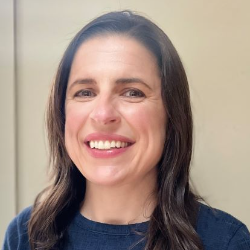 Leslie Miller, Senior Application Engineer, OLI Systems, United States
Leslie Miller, Senior Application Engineer, OLI Systems, United States
This paper presents an updated solvent extraction model for cobalt recovery from battery recycling using Cyanex 272, focusing on impurity control. The developed thermodynamic database, integrating experimental and theoretical data, accurately predicts cobalt partitioning and minimises impurity co-extraction. Process simulation optimises key conditions such as pH and temperature, maximising cobalt recovery and purity. The updated model enhances recycling efficiency, lowering costs and reducing environmental impact.
Experience with Iron Transfer across Some Copper Solvent Extraction Plants of the Democratic Republic of Congo
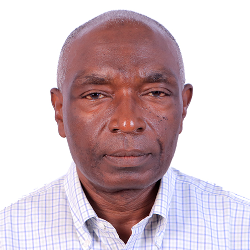 Godfrey Mitshabu, Hydrometallurgy Consultant, BASF South Africa (Pty.) Ltd., Democratic Republic of Congo
Godfrey Mitshabu, Hydrometallurgy Consultant, BASF South Africa (Pty.) Ltd., Democratic Republic of Congo
In addition to inadequate SX plant design, challenges in DRC SX operations over the past 16 years were mostly associated with the presence of colloidal silica, high TSS, and Mn in the PLS. For some reasons, contrarily to many solvent extraction plants in North and South America, and other parts of the world, Iron has not been that much an impurity of concern. Amongst others, these include the reductive conditions of agitation leaching required to leach cobalt ores.
12:45Networking Luncheon (Sponsorship Opportunity Available)
LEACH METHODS
 Practical Use of CFD Modeling and Pilot Testing for High-Pressure Autoclave Mixing Performance Optimization
Practical Use of CFD Modeling and Pilot Testing for High-Pressure Autoclave Mixing Performance Optimization
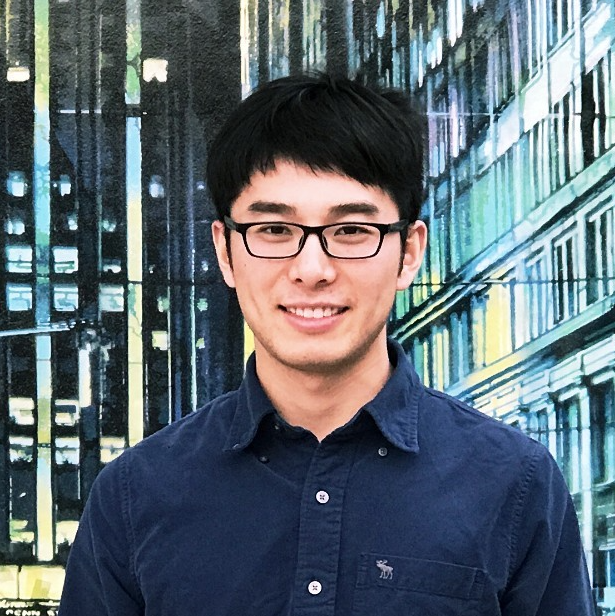 Shuyuan Xu, APAC Mixing Tech & Proposal Manager, Engineering, SPX Flow
Shuyuan Xu, APAC Mixing Tech & Proposal Manager, Engineering, SPX Flow
This presentation will demonstrate the role mixers play in HPAL process through discussion of real-life examples. This will be done by utilizing CFD to compare different mixing solutions with respect of velocity/energy distribution, acid concentration distribution, and residence time distribution.
The latest results of Large Eddy Simulations in an HPAL application will be shared and finally the latest results of impeller wearing resistance pilot testing with CFD verification will be reviewed to complete the discussion on the importance of mixers in HPAL.
The Atlas Materials Low-Carbon Process for Treatment of Nickel-Saprolite Ores: Options for Byproduct Recovery for Cement and Magnesium Markets
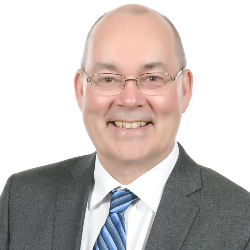 David Dreisinger, PhD, CEO & Co-Founder, Atlas Materials, Canada
David Dreisinger, PhD, CEO & Co-Founder, Atlas Materials, Canada
The Atlas Materials Process uses hydrochloric acid leaching of nickel saprolite ores to extract nickel, cobalt, and magnesium into solution. The process is designed to be "zero waste" with the leach and purification residue suitable as an SCM material. Nickel and cobalt form a mixed hydroxide precipitate to support battery salt manufacturing. The options for magnesium recovery from solution as inorganic products and magnesium metal will be reviewed.
New Impeller Innovations for HPAL Applications
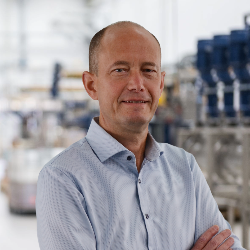 Wolfgang Keller, Vice President & Head of R&D, EKATO RMT GmbH, Germany
Wolfgang Keller, Vice President & Head of R&D, EKATO RMT GmbH, Germany
In HPAL autoclaves, agitators are essential for rapid and uniform mixing of ore suspension with sulfuric acid, preventing acid hotspots and ensuring high leaching rates. They also maintain ore particles in suspension for efficient transfer between compartments. Despite effective designs like the EPAL impeller, deposit formation on impellers and autoclave walls remains challenging, as noted at the ALTA Conference 2024. A new energy-efficient impeller with a specially engineered shape has been developed to minimize deposits. Optimised through advanced simulations, it has been tested on various scales and is ready for large-scale implementation.
Processing of Nickel Laterites through Hydrochloric Acid Leaching Route
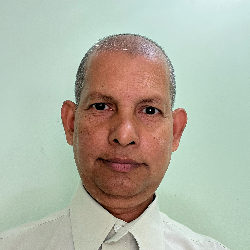 Goutam Das, PhD, Principal Research Scientist, Processing, CSIRO
Goutam Das, PhD, Principal Research Scientist, Processing, CSIRO
CSIRO has developed a novel process for treating a variety of nickel laterite ores such as limonite, smectite, and saprolite through a hydrochloric acid (HCl) leaching route. The leaching of laterites performed under the conditions of 25% w/w pulp density, 24.5% w/w HCl, 90°C and 2-3 h reported 94-99% Ni, 97-99% Co and 88-97% Fe extractions from the limonite, smectite and saprolite ores. The overall process works under atmospheric conditions below 100°C using <25% w/w HCl with the provision to regenerate HCl from the calcium chloride bearing barren liquor after Ni/Co recovery as mixed hydroxide.
PuroliteTM ion Exchange Resins for Recovery and Upgrade of Metals
Dianne Quan, Technical Sales Manager, Purolite
PuroliteTM ion exchange resins play an important role in the hydrometallurgical processing of metals. Applications range from the recovery of gold and uranium, to purification of lithium liquors right through to playing a critical role in the recycling of batteries. Our team of experts are excited to be part of the Alta conference again - it is a true world-class conference.
15:33Afternoon Tea in the Exhibit Hall with Poster Viewing

Recovery of Base and Platinum Group Metals from Sulfide Ores Using Glycine Technology: An Integrated Process Approach
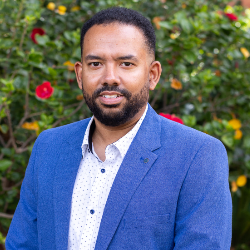 Carlos Perea, PhD, WASM, Curtin University
Carlos Perea, PhD, WASM, Curtin University
The demand for critical metals like nickel, copper, cobalt, and PGMs is surging due to their vital role in renewable energy technologies. Traditional recovery methods face challenges like high reagent consumption, environmental impact, and complex ore compositions. Glycine leach technology (GTL) offers a sustainable alternative, leveraging glycine's selective leaching properties for efficient metal recovery. The integrated process includes base metal leaching, PGM extraction, and PLS treatments, achieving 80-95% overall recovery. This innovative approach minimises environmental impact, reduces operational costs, and addresses low-grade ore challenges, positioning GTL as a game-changer for the future of green hydrometallurgy.
Recovering the Precious Metals Values before Copper
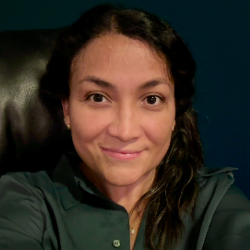 Adriana Garces Granda, PhD, Technical Support Metallurgist, Draslovka, Australia
Adriana Garces Granda, PhD, Technical Support Metallurgist, Draslovka, Australia
Draslovka is developing Glycine Leaching Technology (GLT) to recover both precious metals like gold and base metals like copper. Glycine, the active lixiviant, can complex both metals, enabling their joint recovery. Traditional methods extract copper first via acid leaching, then gold with cyanide. Draslovka’s GlyCat™ process combines cyanide and glycine, allowing gold to be extracted before copper. Testing showed an average recovery of 70% gold and 45% copper, making GlyCat™ efficient, safe, and sustainable.
 Innovating HPAL: ENFI's AACP Tech Transforms Low-Grade Nickel Processing for a Low-Carbon, Electrified Future
Innovating HPAL: ENFI's AACP Tech Transforms Low-Grade Nickel Processing for a Low-Carbon, Electrified Future
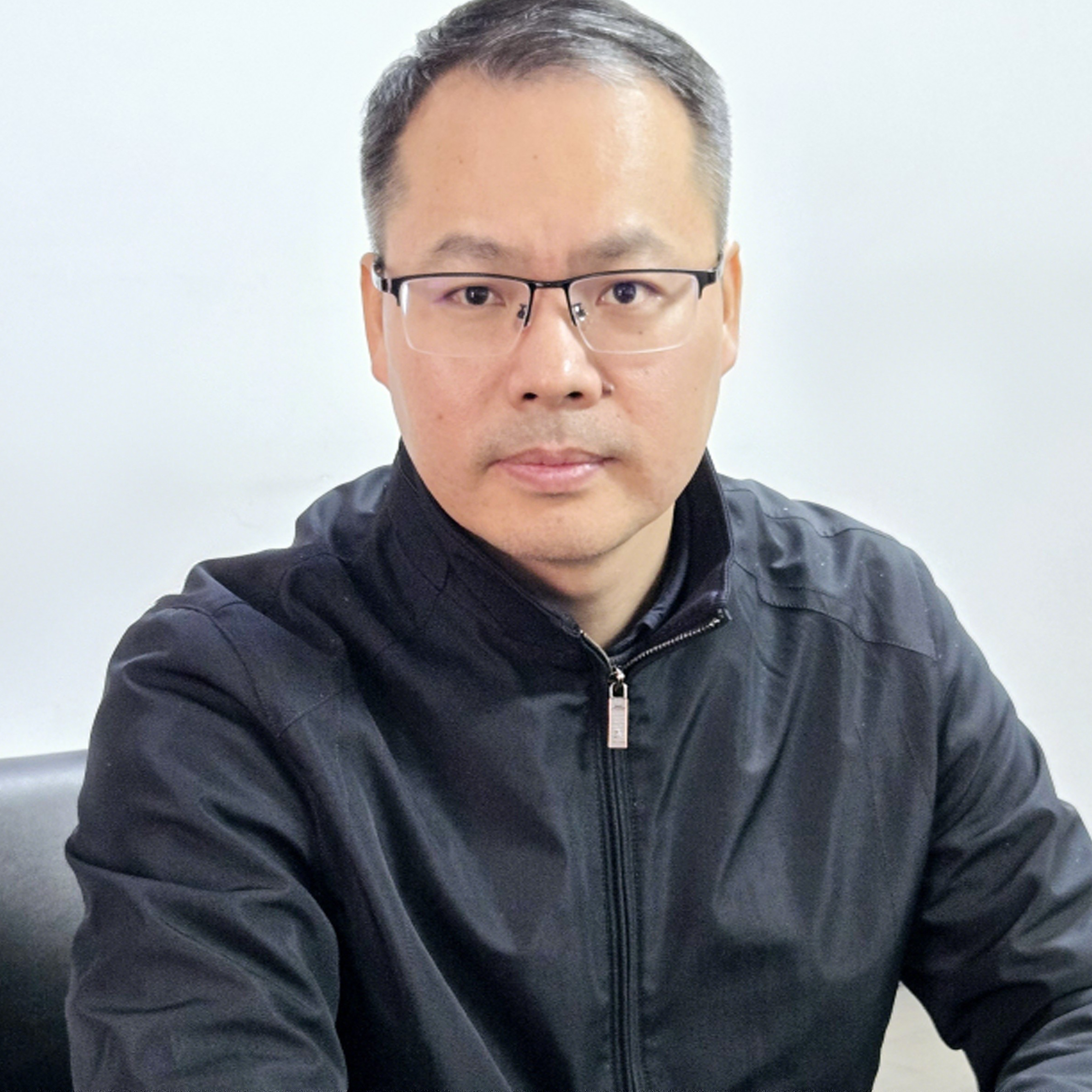 Ding Shurong, Assistant Managing Director, Metallurgy & Chemical Engineering, China ENFI Engineering Corp
Ding Shurong, Assistant Managing Director, Metallurgy & Chemical Engineering, China ENFI Engineering Corp
The report primarily highlights the innovative contributions of China ENFI Engineering Technology Co., Ltd. in the field of High Pressure Acid Leach (HPAL) technology for processing low-grade laterite nickel ores. ENFI spearheaded the development of the PNG RAMU project, where, through the assimilation of insights and learnings from existing projects, the company pioneered the AACP (Alkali Activation Controlling Precipitation) technology. This technology significantly lowers the barriers to investment, construction, and operation of High Pressure Acid Leach (HPAL) projects, enabling the stable and cost-effective operation of low-grade laterite nickel HPAL projects. It has been successfully advanced and implemented in Indonesia's OBI, Huayue, and Huafei projects, offering a dependable, affordable, and low-carbon source of nickel and cobalt for ternary batteries. This, in turn, supports the global shift towards electrification.
17:30Welcome Reception in the Exhibit Hall with Poster Viewing (Sponsorship Opportunity Available)
18:15Evening Short Courses
Recommended Courses*
SC1: Battery Recycling Methods & Markets
SC2: Lithium Methods & Markets
*Separate registration required.
19:45Close of Day
Tuesday, 20 May
07:25Registration Open
07:25Arrival Tea and Coffee in the Exhibit Hall with Poster Viewing
07:30Presenter Briefing
PROCESS OPTIMISATION
Integrating Dynamic Scale Modelling and Discrete Element Method Modelling for Enhanced Transfer Chute Design
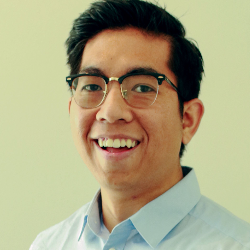 Aleef Rahman, Project Engineer, Jenike & Johanson Pty Ltd
Aleef Rahman, Project Engineer, Jenike & Johanson Pty Ltd
Dynamic Scale Modelling (DSM) was developed in the early1990s using Dimensional Analysis (Froude Number) as its basis. Froude Number does not scale with cohesive materials which require additional inputs to validate behaviour in scale models. These materials can be very complex to “calibrate." This presentation speaks to the advances made in coupling DSM and Discrete Element Method (DEM) modelling to enhance transfer chute design.
Internal Protective Linings in Flash and Pressure Vessels: Latest Developments in Materials and Application
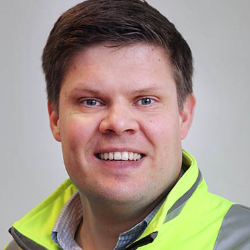 Daniel Keßler, PhD, Managing Director, DSB Säurebau
Daniel Keßler, PhD, Managing Director, DSB Säurebau
This paper provides an overview of the latest advancements in internal protective linings for flash and pressure vessels used in High Pressure Acid Leaching (HPAL) and Pressure Oxidation (POX) applications. Recent developments in lining materials, including high-resistance alloys, rubber linings, and bricks, are examined, with emphasis on durability, cost-efficiency, and installation techniques. Practical implications for improving vessel longevity and minimising maintenance in aggressive leaching environments are highlighted.
Achieving High-Purity Battery-Grade Nickel and Cobalt Sulphate through Well-Designed Crystallisation Process Plant
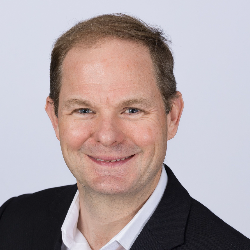 Chris Madin, Manager, JordProxa
Chris Madin, Manager, JordProxa
With the focus from battery manufacturers on ever-increasing purity requirements—making batteries perform better and more safely, it is valuable for this industry to understand the critical process involved in achieving the high purity, and what factors limit purity of the battery-grade nickel and cobalt precursors.
10:05Morning Tea in the Exhibit Hall with Poster Viewing
Autoclave Control Theory: Seeing into the Black Box
 Rob Mock, Director Research & Development, NOVA Hydromet
Rob Mock, Director Research & Development, NOVA Hydromet
Autoclave process feedback control is highly logical but also mathematically complex and often nonintuitive. Misconceptions often lead to tripping, underutilization of equipment, process variability, equipment failure, and downtime resulting in very costly losses. For that reason, skillfully applied process control theory solutions typically have a very short payback period. This presentation will give several autoclave-related control theory applications, along with conceptual mathematics and historical autoclave anecdotes.
Process Optimisation Using Advanced Modelling
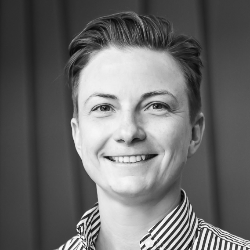 Jess Page, Group Technical Manager, Data Analytics, WGA Wallbridge Gilbert Aztec, Australia
Jess Page, Group Technical Manager, Data Analytics, WGA Wallbridge Gilbert Aztec, Australia
In this showcase project, our objectives were to support incremental production gains through application of innovative technology. Chemical engineering and machine learning techniques were leveraged to create a model that was validated against two years of operational data. When deployed in real-time, the "best" control set points are chosen from thousands of potential operational scenarios, and recommended to the operators, to enable faster reaction to PLS changes.
Technical and Economic Aspects of Modern Nickel Product Options and the Impact on Project Design
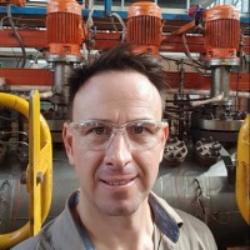 Brett Muller, Vice President, Technology, Lifezone Metals
Brett Muller, Vice President, Technology, Lifezone Metals
The relatively recent growth in nickel product options provides project developers with a wider suite of saleable options than ore, intermediate, or refined metal that have traditionally been considered. Options including nickel sulphate and precursor active material (pCAM) may bring forward considerations such as project funding or offtake partners in the project development cycle, as the customer for an intermediate product becomes the competition for pCAM sales. This presentation will outline the relative technical and economic aspects of producing mixed hydroxide (MHP), mixed sulphide (MSP), nickel cathode, nickel powder, nickel sulphate, and pCAM from sulphide concentrate.
12:05Networking Luncheon (Sponsorship Opportunity Available)
PROCESS OPTIMISATION
Final-Stage Letdown for Battery Metals Autoclaves: Valve or Choke?
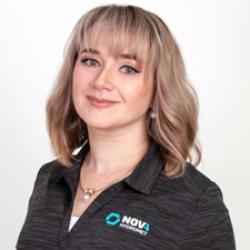 Tatiana Tagieva, MIEAust, Senior Application Specialist, NOVA Hydromet
Tatiana Tagieva, MIEAust, Senior Application Specialist, NOVA Hydromet
Multistage stepped letdown using multiple flash tanks is a common feature of battery metals autoclaves. Designers will specify either a letdown control valve or a fixed choke for the final-stage flash tank. The fixed choke configuration might provide capital cost savings, but the implications on letdown control, throughput, and life-cycle costs are more nuanced. This presentation will review decision-related criteria to help you judge between the two.
Engineering Solutions for Extreme Conditions: Case Studies in Reliability, Performance, and Longevity
 Evelyn Ng, PhD, Group Materials & Innovation Manager, Callidus Group
Evelyn Ng, PhD, Group Materials & Innovation Manager, Callidus Group
High-Pressure Acid Leaching (HPAL) and Pressure Oxidation (POX) operations place extreme demands on critical equipment, necessitating innovative solutions to enhance reliability, performance, and service life. This presentation showcases a selection of case studies that highlight Callidus Group’s expertise in engineering and specialty welding to address these challenges.The first case study examines widespread corrosion issues affecting both valve bodies and trims in a POX operation, detailing the engineering interventions that mitigated degradation and extended asset life. The second case study explores the catastrophic failure of a rod valve, where Callidus redesigned and engineered a more robust solution to withstand severe operating conditions. The third case study presents the successful application of titanium nitride surface modification at a mine site, demonstrating its effectiveness in preventing erosion across multiple components. These real-world examples illustrate how targeted engineered modifications and advanced repair methodologies significantly improve equipment reliability and operational efficiency in aggressive metallurgical environments.
An Online Mineral Analyser for Process Monitoring and Control
 Joel O'Dwyer, PhD, Research Team Leader, Mineral Resources, CSIRO
Joel O'Dwyer, PhD, Research Team Leader, Mineral Resources, CSIRO
The presentation will describe a new online slurry analyser, called the "Mineral and Elemental Analyser" (MEA). This technology, developed by CSIRO, enables simultaneous, real-time measurement of process stream mineralogy and chemistry. Plant trials of the MEA technology will be presented, including how the technology is being used at each installation to address specific measurement applications, the challenges presented, and outcomes.
14:35Afternoon Tea in the Exhibit Hall with Poster Viewing (Sponsorship Opportunity Available)
MINE WASTE STREAM AND TAILINGS REPROCESSING
Reprocessing of Old Refractory Tailings: A Case Study of a Zambian Mine
A Zambian mine, mine's refractory copper ores from open pits, and underground mines, treat the same through concentrators and Tailings Leach Plant with overall total copper recovery 50%. Samples were collected across the Tailings Dam to determine feasibility of retreatment. Feed average 0.61% total copper, 52% cupriferous mica, 30% sulphides, and 19% malachite. Ambient temperature leaching and elevated temperature leaching showed total copper recoveries of 34.6% and 70.8% respectively.
Novel Trends in Nickel Cobalt and Copper Processing Methods
Murdoch Mackenzie, PhD, Consultant Metallurgist, Australia
This panel discussion will explore innovative advancements in the extraction, refining, and recycling of these critical metals. Our international panel of experts will highlight cutting-edge techniques aimed at improving efficiency, sustainability, and environmental impact. Topics will include advanced hydrometallurgy, bioleaching, and automated processing technologies. The session will also address challenges and opportunities in meeting growing demand for these metals in batteries and green technologies.
18:00ALTA 2025 Pre-Dinner Reception and Awards Dinner*
*Separate registration required. See registration page for details.
21:30Close of Day
